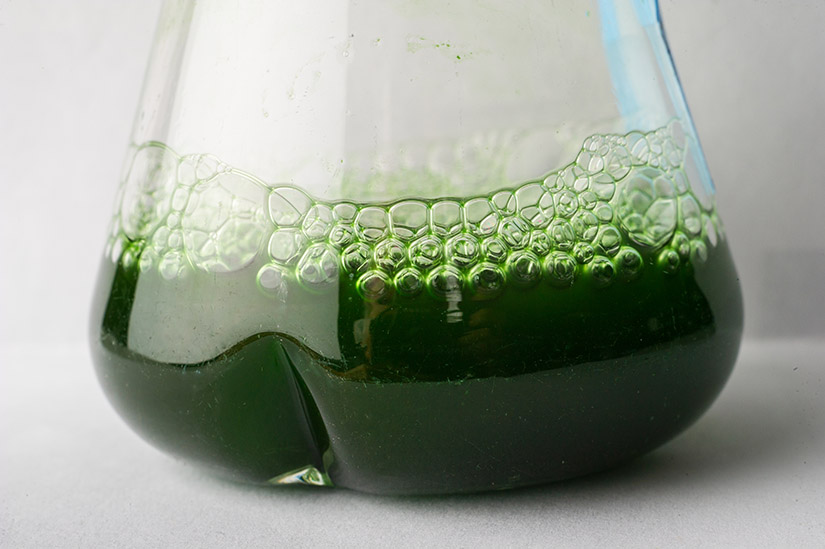United States – The National Renewable Energy Laboratory (NREL) led a multi-institutional research team that made significant progress in deciphering the photosynthetic enzyme pathway.
The researchers discovered that a specific gene can make bacteria that produce ethylene more stable.
Engineers have dreamed for decades of programming organisms to produce ethylene in a sustainable manner, a chemical known as “the king of petrochemicals” due to its importance in plastics. Now, a photosynthetic bacterium that is genetically specialized to convert sunlight and carbon dioxide (CO2) into ethylene is on the verge of becoming a reality.
The researchers intend to take a straightforward approach: Take the ethylene-producing gene from a common plant pathogen and insert it into cyanobacteria, which rely on photosynthesis for energy. The cyanobacteria will then convert solar radiation and CO2 into ethylene more efficiently than any other biological pathway if everything goes well. Instead, the cyanobacteria died slowly; the researchers discovered that the introduced gene pathway also produces guanidine, a toxin that causes cyanobacteria to become genetically unstable.
Guanidine disrupts pigment metabolism in cyanobacterial cells, which is an obvious negative side effect given that the cells’ purpose is to harvest light with their pigment. Fortunately, the cyanobacterium Synechocystis 6803, which is popular among scientists, can degrade guanidine. The goal is to isolate that genetic mechanism and reintroduce it into other cyanobacteria cells. To put it another way, introduce a second gene that stabilizes the first and allows for unhindered ethylene production.
Ethylene production
Based on the gene’s higher expression in the ethylene-producing strain and its sequence similarity to other known guanidine-related metabolic machinery, the researchers hypothesized that a specific gene in Synechocystis 6803 was involved in guanidine degradation. When the researchers knocked the gene out of the cyanobacterium and observed the cells’ decline when exposed to guanidine, their hypothesis was confirmed. The researchers then tested the gene in another species to see if it plays a role in guanidine degradation.
The researchers tested whether the gene conferred the same ability to degrade guanidine in another cyanobacterium, Synechococcus 7942, another favorite species that scientists engineered. The modified cyanobacterium, like the first species, was able to metabolize the guanidine, preventing genetic problems and allowing for long-term ethylene production. The gene effectively neutralized guanidine in both organisms, converting the toxic chemical into harmless urea and ammonia.
Chemical Alternative
Ethylene produced biologically is a win-win for clean energy because it recycles CO2 while also displacing fossil-based feedstocks that industry currently relies on. Unlike other biological pathways that start with plant biomass, the method used in this study is powered entirely by sunlight, making it potentially more energy efficient.
It’s tantalizing to think about using industrial applications to decarbonize the chemical industry; there’s still hope for making PVC pipes for clean water and even Mars colonization. This study demonstrates that by removing certain biological barriers, it is possible to scale up bioethylene production. Future research could lead to the development of even more efficient guanidine-degrading enzymes, perhaps through the evolution of the same gene described in this study. For the time being, the team’s research contributes to our understanding of guanidine metabolism in nature and demonstrates a functional approach to improving ethylene production.




